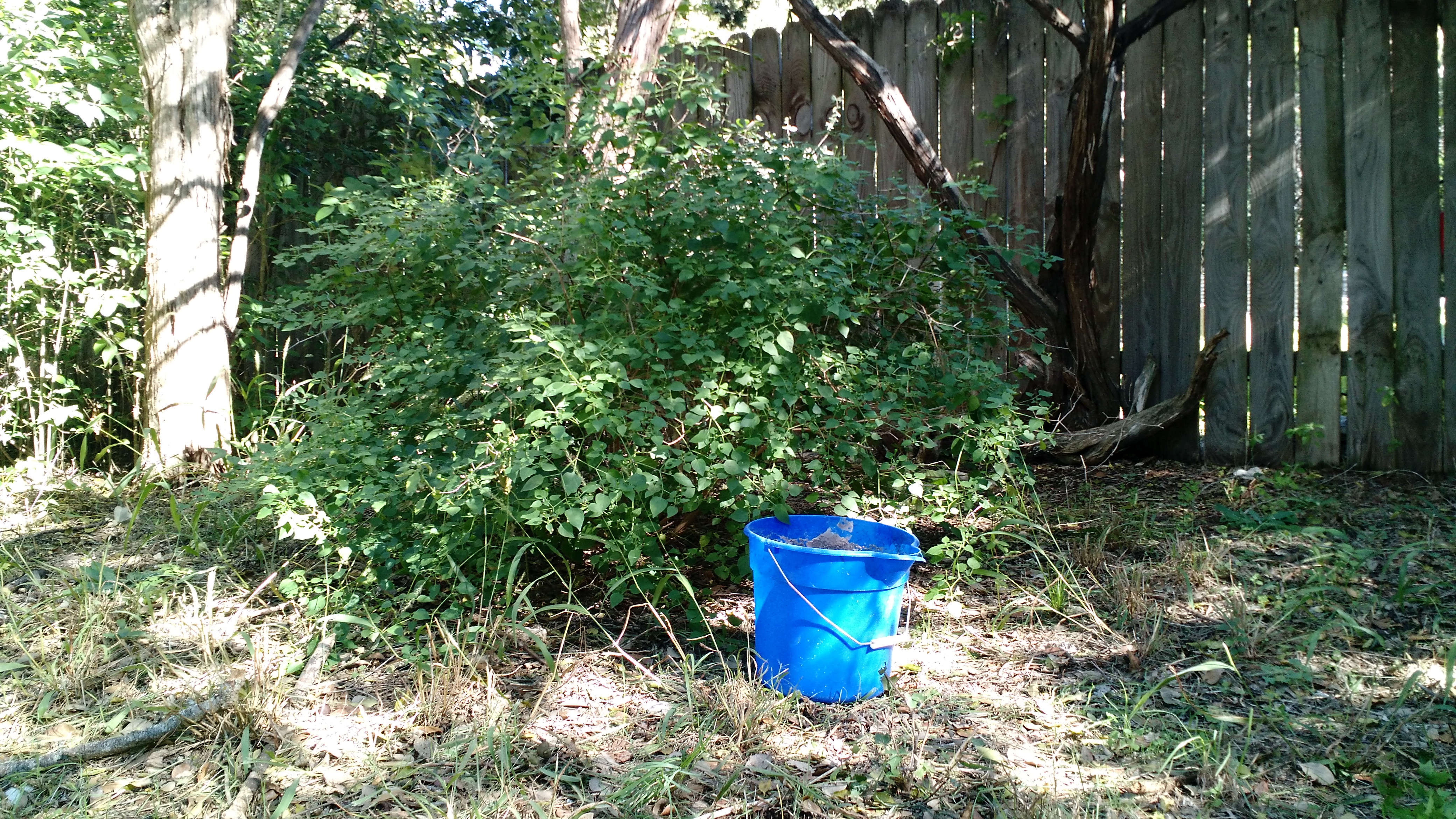I've seen this designation repeated in more than one place and by disparate sources.
But I don't understand what it means and how chiltepins would differ in their distribution and growing habits versus other varieties that are referred to as "fully" wild.
I'm not a taxonomist, but all the chiltepins growing in my area seem to fit my personal definition of wild as much as any other wildlife we see, if not moreso.
Non-sessile animal life are far more likely to benefit directly or secondarily from nearby human interaction than these peppers, it seems.
But I don't understand what it means and how chiltepins would differ in their distribution and growing habits versus other varieties that are referred to as "fully" wild.
I'm not a taxonomist, but all the chiltepins growing in my area seem to fit my personal definition of wild as much as any other wildlife we see, if not moreso.
Non-sessile animal life are far more likely to benefit directly or secondarily from nearby human interaction than these peppers, it seems.

